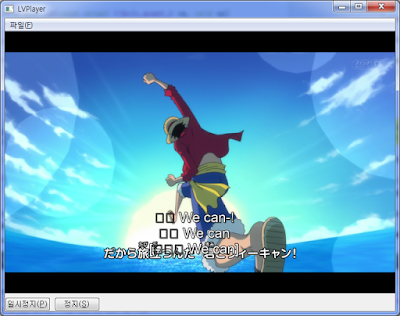OS/2 announce: Various programs and libraries for OS/2 released
Various programs and libraries for OS/2 have been released. 다양한 OS/2 용 프로그램과 라이브러리가 공개되었습니다. They can be downloaded from : 다음 링크를 클릭하면 받을 수 있습니다: GNU Bison v3.0.4 Coreutils v8.26 GNU Diffutils v3.5 FAAC v1.28 FAAD2 v2.7.0 Gawk v4.1.4 git v2.11.0 gmp v6.1.2 GnuTLS v3.5.8 gperf v3.1 help2man v1.47.4 itstool v2.0.2 lame v3.99.5-r3 libdvdnav v5.0.3 libdvdread v5.0.3 libgcrypt v1.7.5 libgpg-error v1.26 libogg v1.3.2 libpng v1.6.28 libvorbis v1.3.5 libvpx v1.6.1 GNU M4 v1.4.18 GNU Make v3.81-k1 pdksh v5.2.14-bin-7 perl v5.16.0-k1 sed v4.3 texinfo v6.3 zlib v1.2.11 Enjoy Warping !!! Korean OS/2 User Community : http://www.ecomstation.co.kr

